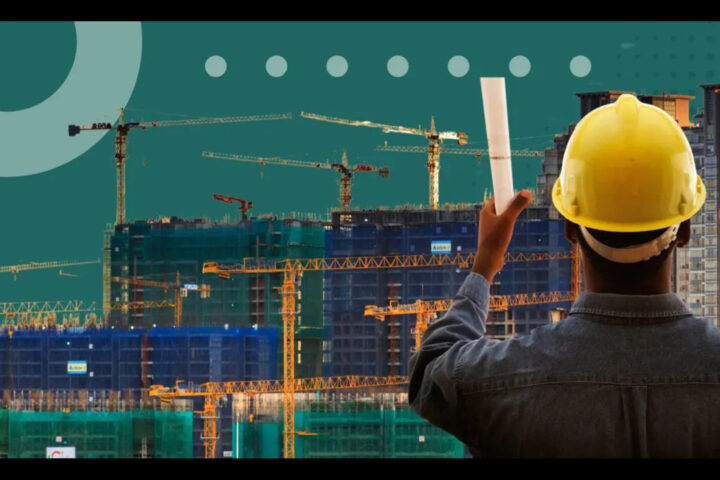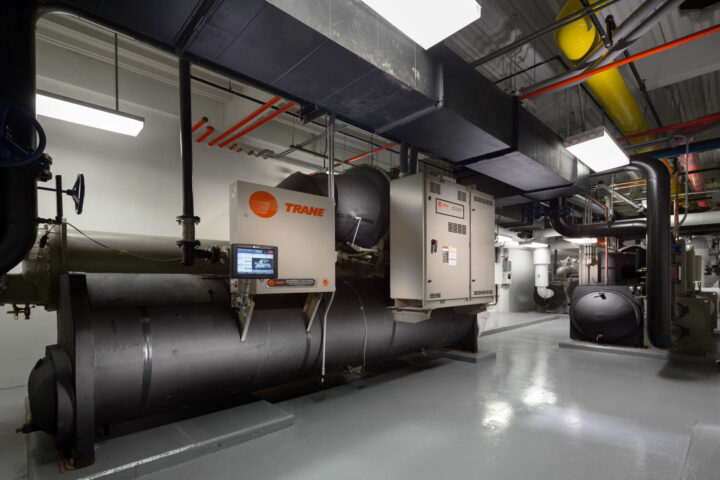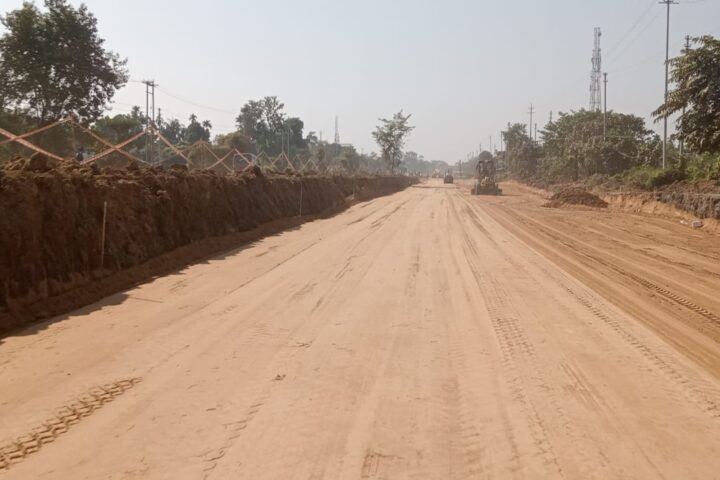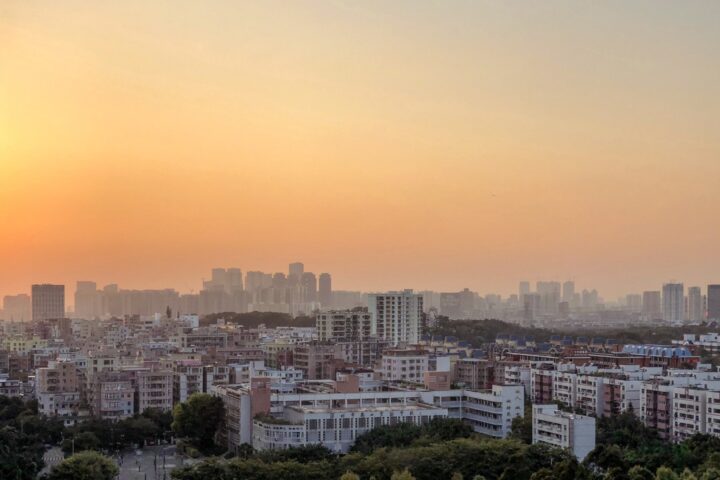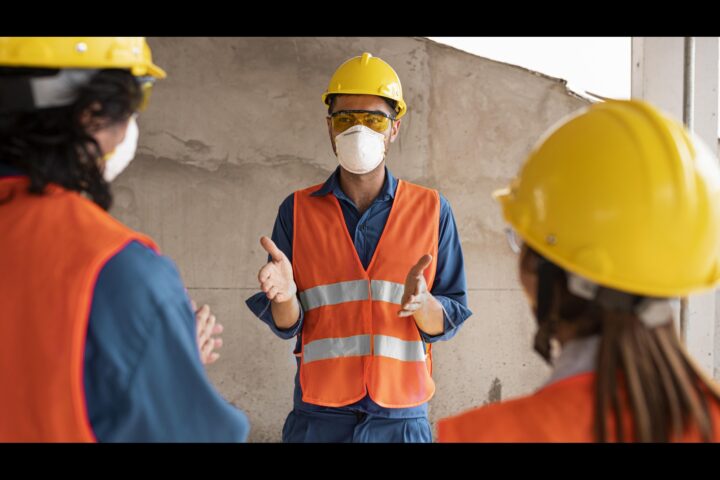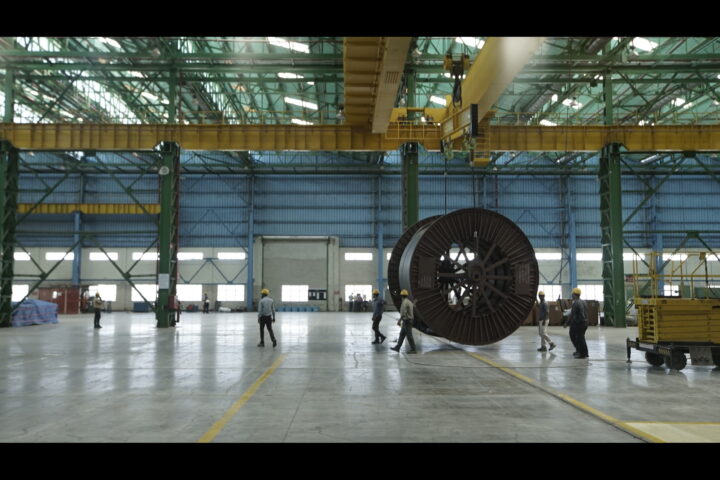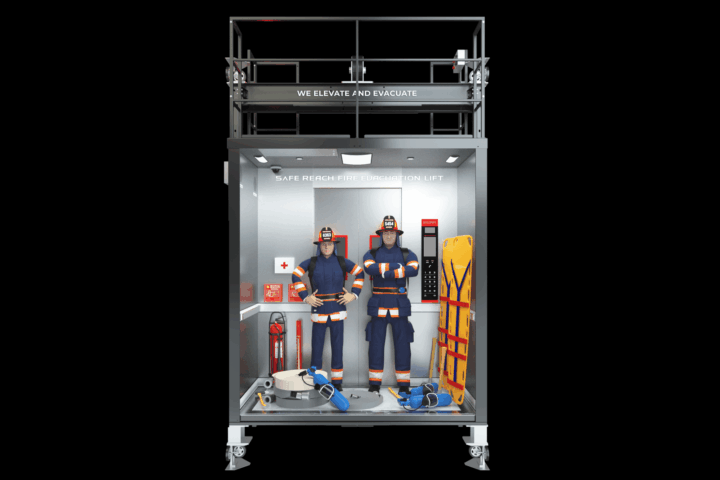by Mohit Kamboj, CEO, Aspect Global Ventures
Global warming is reshaping the way we live and build. Extreme floods, heatwaves, rising sea levels, and landslides are becoming more frequent, putting immense pressure on infrastructure systems that were never designed for such volatility. Roads crack under sudden heat, bridges collapse after repeated floods, and cities come to a standstill when drainage systems overflow. The need of the hour is not only smarter planning but also smarter materials that can help infrastructure withstand this destruction.
This is where sustainable ready-mix concrete (RMC) plays a vital role. Unlike traditional concrete, sustainable RMC incorporates low-clinker blends, supplementary cementitious materials (SCMs), and innovative additives that improve both strength and durability. This makes structures more resistant to flooding, chemical erosion, and thermal stress ensuring that assets last longer and demand fewer costly repairs after disasters.
One of the most effective applications is pervious RMC pavements in urban areas. By allowing rainwater to seep through rather than accumulate on the surface, they ease the load on stormwater drains and reduce waterlogging. This not only prevents roads from flooding but also protects the foundations of nearby buildings and transport corridors. Cities like Mumbai, Jakarta, and New Orleans can benefit immensely from this solution, where urban flooding routinely causes billions in damage.
For bridges, culverts, and slope protections in flood-prone or mountainous areas, sustainable RMC with fiber reinforcement and high impermeability offers resilience against erosive, debris-laden flows. Unlike conventional concrete, which can crack or wash away under repeated stress, these advanced mixes are designed to hold firm during extreme rainfall and cloudbursts, preventing catastrophic infrastructure failures and maintaining connectivity.
Even in coastal regions, where saltwater intrusion accelerates corrosion, sustainable RMC significantly improves the lifespan of ports, sea walls, and urban transit systems. By reducing permeability and enhancing resistance to chemical attack, it helps ensure that critical infrastructure does not crumble under the dual pressures of rising seas and stronger cyclones.
The benefits extend beyond floods. In cities suffering from urban heat islands, reflective and cooler concrete surfaces can lower ambient temperatures, reducing thermal expansion and cracking in pavements and buildings. This makes infrastructure more stable and reduces the maintenance burden in hot climates that are worsening due to global warming.
To embed these solutions into mainstream practice, governments and urban authorities must adopt a phased strategy. Starting with pilot projects in flood-prone neighborhoods and critical public facilities can showcase the effectiveness of sustainable RMC. Updating procurement standards to allow for these advanced mixes ensures wider adoption, while training contractors and engineers guarantees that the materials are applied correctly and deliver maximum resilience.
Ultimately, sustainable ready-mix concrete is not just about lowering the carbon footprint of construction it is about creating infrastructure that can absorb shocks, resist destruction, and recover quickly in a warming world. By making a modest upfront investment in better materials today, cities and regions can avoid repeated losses tomorrow.
If policymakers, engineers, and the construction industry commit to this shift, the next flood, storm, or heatwave will not mean infrastructure collapse. Instead, it can mark the beginning of a future where communities are safer, costs are lower, and our built environment stands stronger against the climate crisis.





